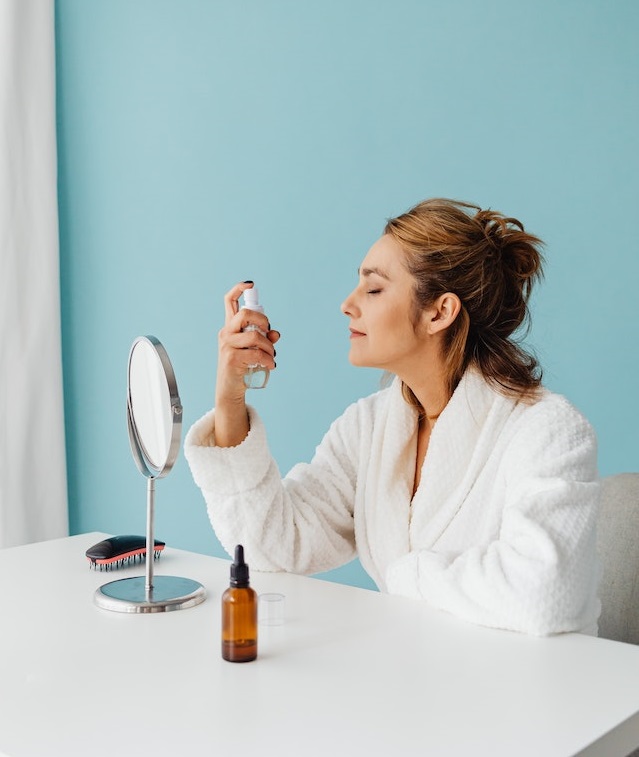The main distinction between a makeup fixer and primer is that the former is applied at the end of the makeup process, while the latter is applied at the beginning. Both products help makeup last longer and enhance its appearance. Makeup fixers protect makeup from friction and sweat, provide longevity, and give a better finishing look. Primers, on the other hand, create a smooth makeup base by reducing fine lines, minimizing pores, and correcting uneven skin tones.
Key Takeaways
- A makeup fixer is applied at the end of the makeup process to protect makeup from friction and sweat, and give a better finishing look.
- A primer is applied at the beginning of the makeup process to create a smooth makeup base by reducing fine lines, minimizing pores, and correcting uneven skin tones.
- Both makeup fixers and primers help makeup last longer and enhance its appearance.
What is Makeup Fixer?
A makeup fixer is a product that sets makeup and helps it last longer. Its main ingredient is alcohol, and it takes the form of a fine mist that adds protection to makeup, enabling it to last from day to night. Makeup fixers also contain substances like film-forming polymers that cover the skin and improve the adhesion of makeup products. However, alcohol is not recommended for sensitive or dry skin as it may cause irritation or dryness.
Using a makeup fixer is the final step in a makeup routine. It is ideal for hot summer days, workouts, sweaty events, and rain, as it prevents makeup from being ruined by friction. Makeup fixers also help makeup stay on oily skin. Different makeup fixers are available for various skin types, with specific formulations for oily, dry, and all skin types.
What is a Primer?
A primer is a cream applied before other cosmetics to improve coverage and longevity. It can be used under eyeshadows, tinted moisturizers, foundations, or mascaras. Primers create a smooth look by improving makeup coverage, blurring pores, reducing hyperpigmentation, correcting discoloration, and smoothing unwanted texture and fine lines.
To apply a primer, first wash your face and apply moisturizer and sunscreen. Once absorbed, apply the primer in a circular motion. Wait a few minutes for it to be absorbed before applying makeup. It is best to apply primer with your fingers, as the warmth helps the product melt into the skin and promotes better absorption. In addition to face primers, there are also eye and mascara primers.
Different types of primers include blurring primers to hide large pores and rough textures, mattifying primers for oily skin, hydrating primers with hyaluronic acid for dry skin, and color-correcting primers for a clearer complexion and even skin tone.
What is the Difference Between Makeup Fixer and Primer?
The key difference between makeup fixer and primer is their application in the makeup process. A makeup fixer is applied at the end to set makeup and make it last longer, while a primer is applied at the beginning to improve coverage and create a smooth base.
Summary – Makeup Fixer vs Primer
In summary, a makeup fixer is applied at the end of the makeup process to set makeup and make it last longer, while a primer is applied at the beginning to improve coverage and create a smooth base. Both products help makeup last longer and enhance its appearance. The main difference between makeup fixer and primer lies in their application and specific functions in the makeup process.
